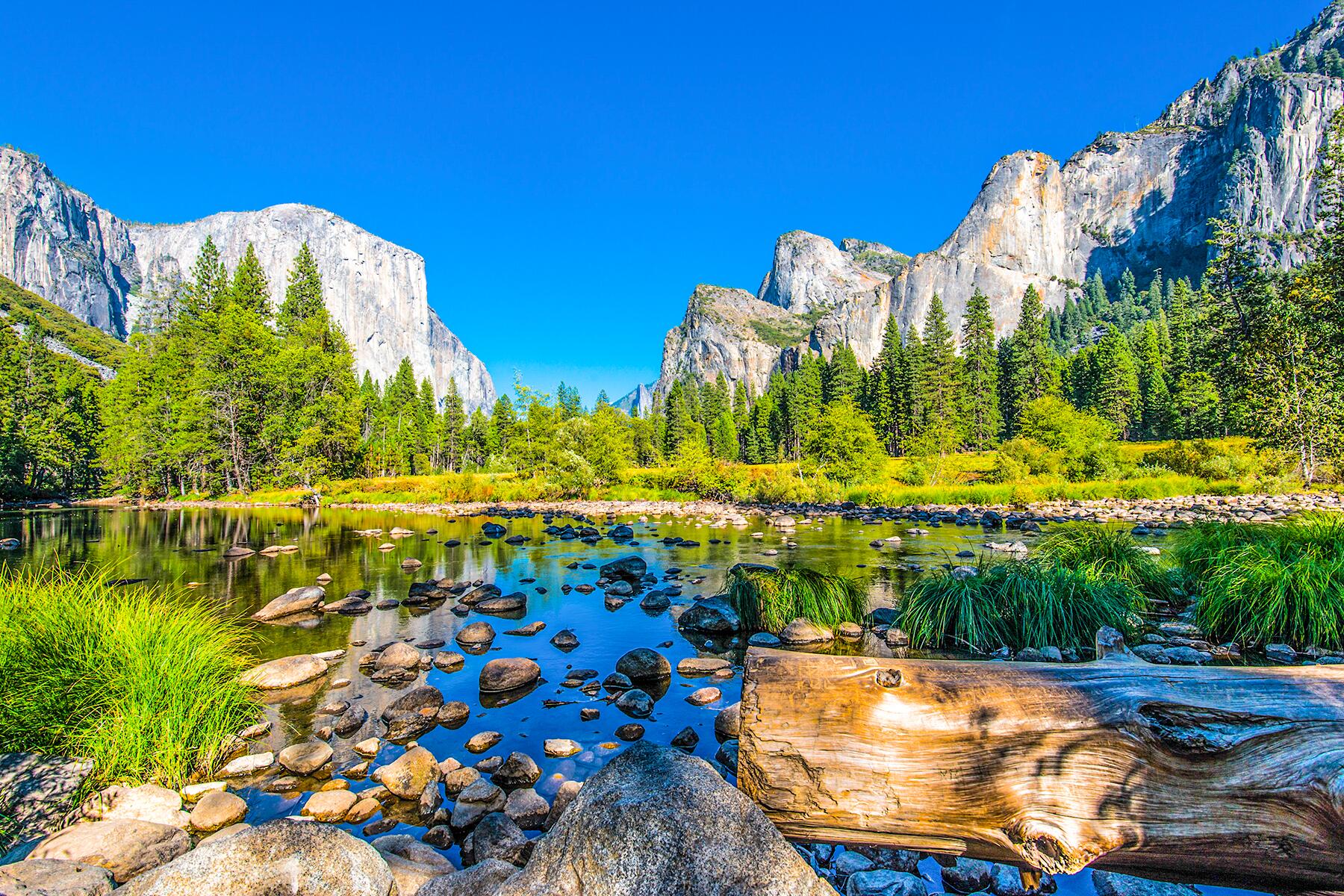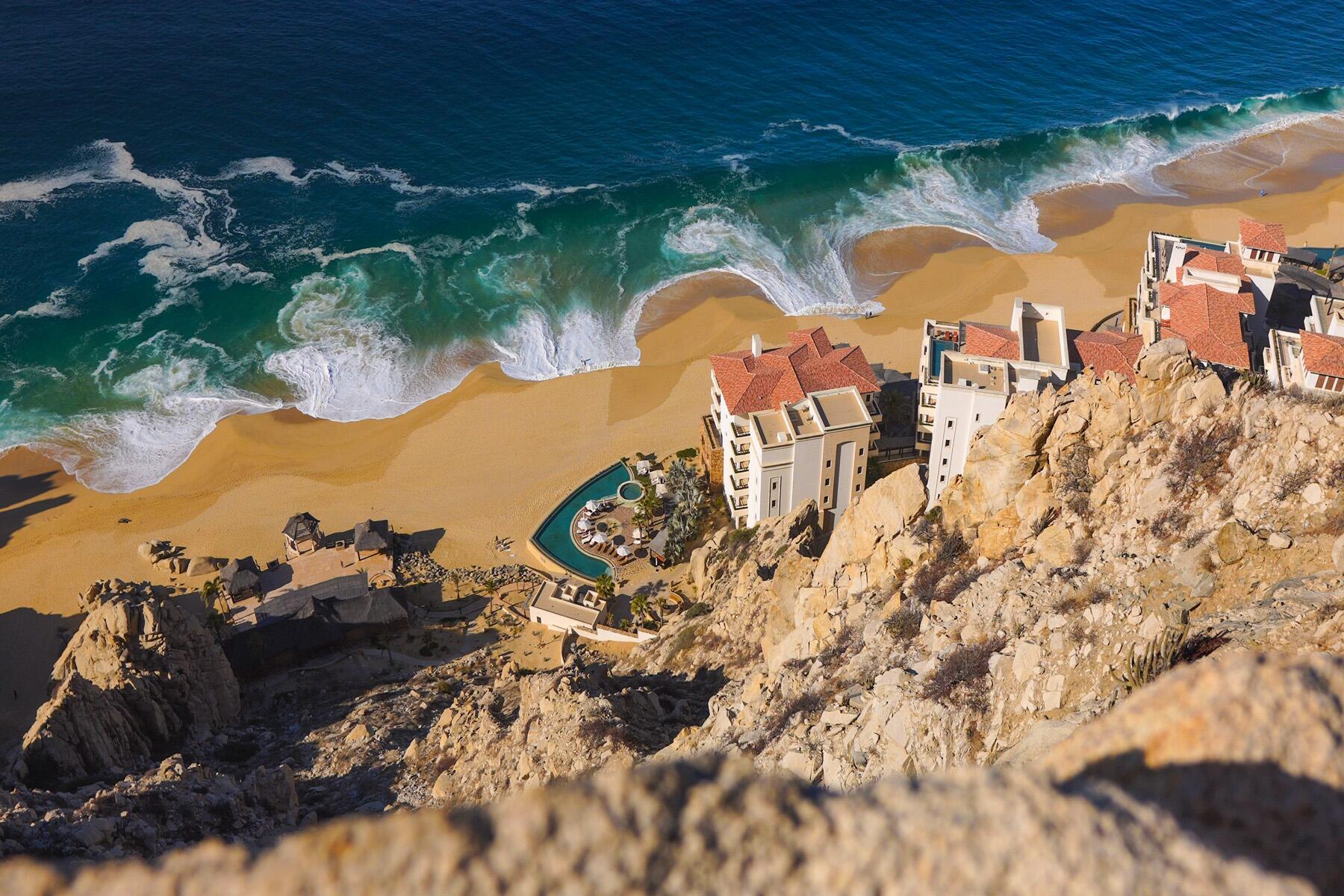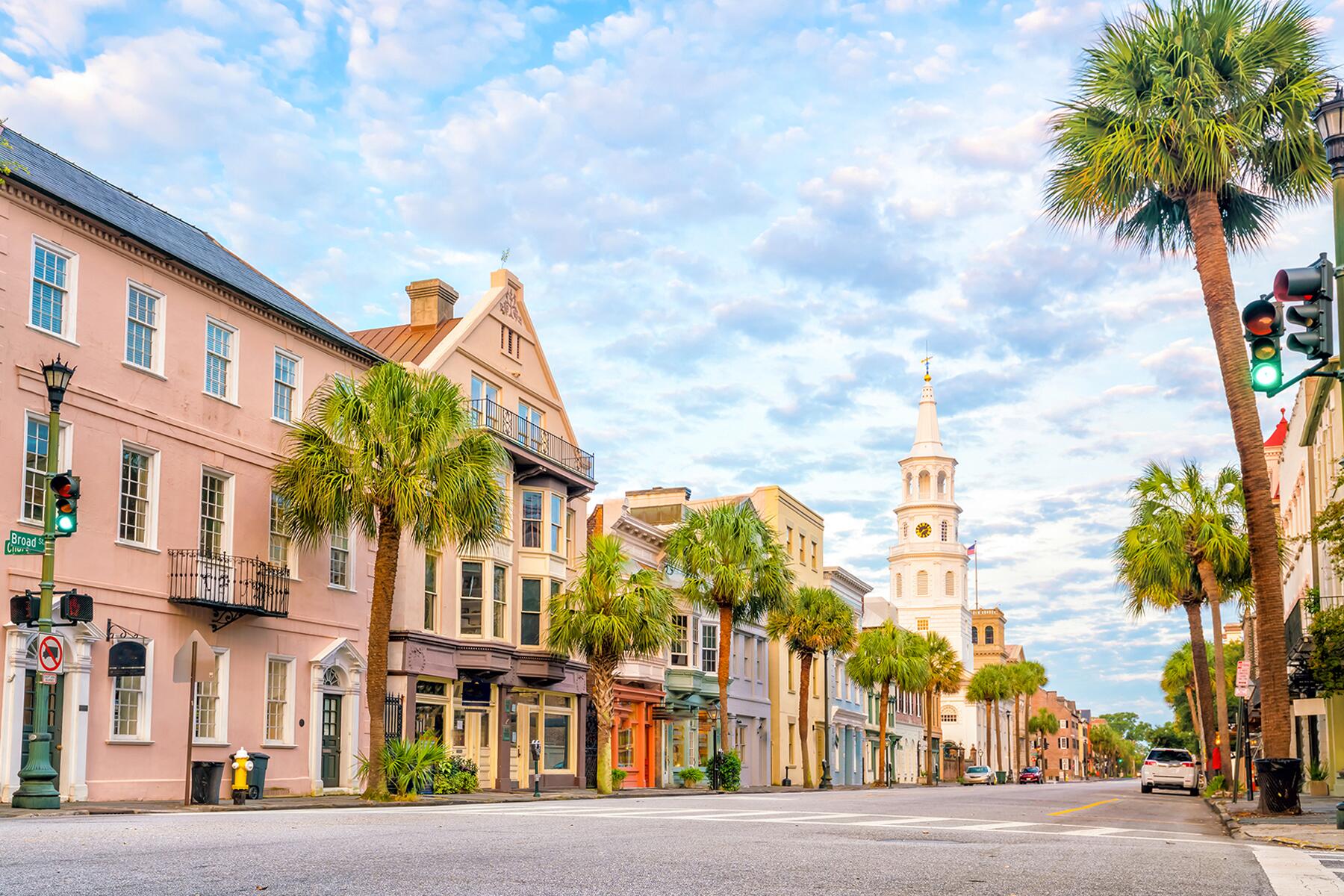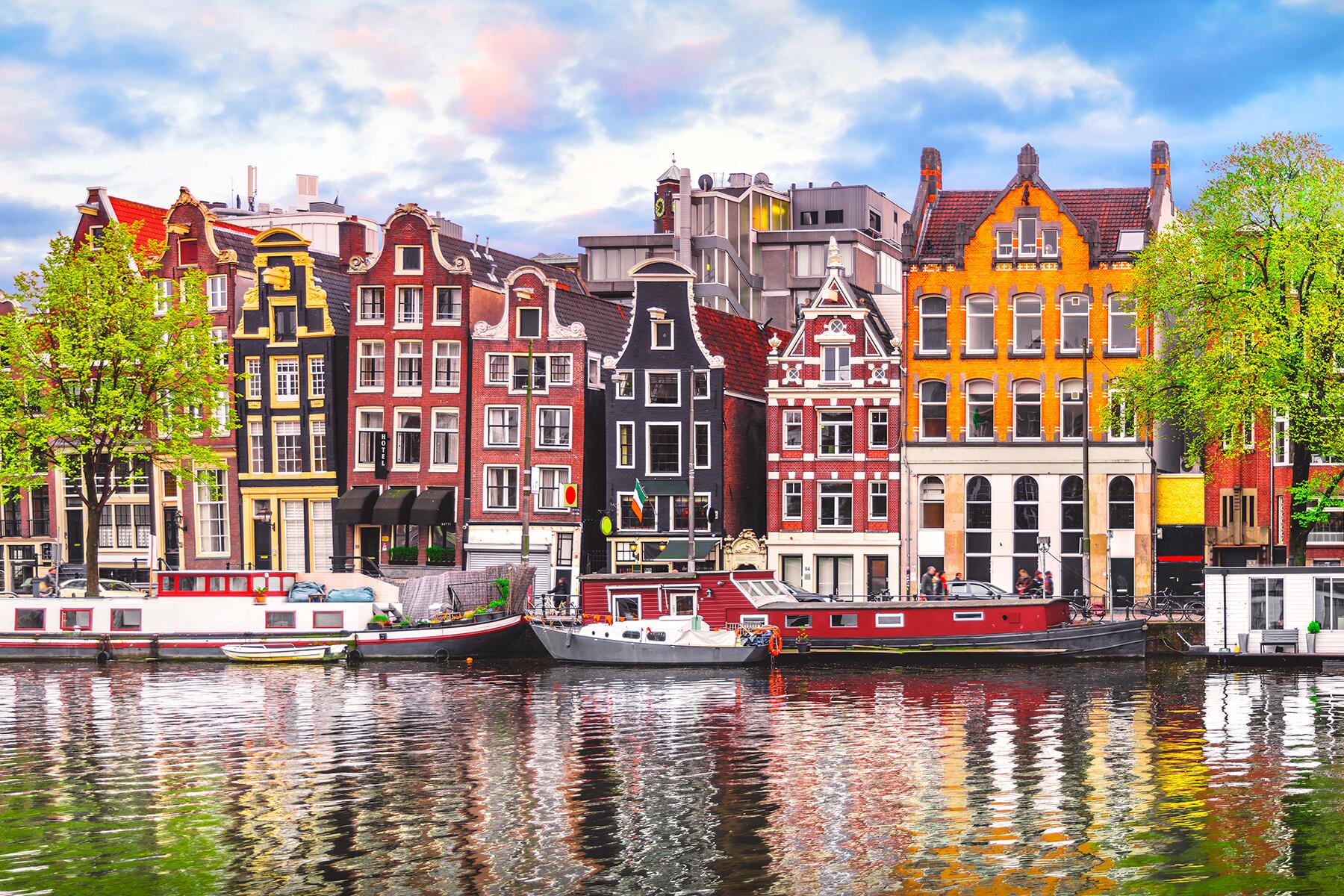Venice is not alone in being able to showcase a grand selection of canals.
Who doesn’t love Venice? The sheer idea of having canals instead of streets is just magical. But Venice is not alone in being able to showcase a grand selection of canals. Simply Google “Venice of the…north/south/east/west” and a plethora of cities will pop up. But to make a city a great canal city to visit, it has to have more to offer than mere canals: something special, unusual, something worthy of a trip, be it the sheer number of canals, the history behind them, the surroundings, or what has been done with them. So, here are a few contenders of the world’s best canal cities to rival Venice.
Top Picks for You
Amsterdam
WHERE: Netherlands
Probably the city most famous for its canals after Venice is Amsterdam. But what makes Amsterdam so unique is how the more-than-60 miles worth of canals are organized. Imagine how rings form on the water when you throw in a stone, or a medieval city center, where all roads circle a main square or castle, and you get the idea of Amsterdam’s canals—which essentially are medieval paths. The first canals were dug in the Middle Ages, but most, including the three main canals, Herengracht, Prinsengracht, and Keizersgracht, were constructed during Amsterdam’s Golden Age in the 17th century. Those nearly concentric circles of canals, which, incidentally were supposed to be completely concentric, but sadly money ran out before they were finished, are listed as a UNESCO World Heritage site, and border more than 1,550 monuments, landmarks, and museums—making a boat trip practically unavoidable.
Hamburg
WHERE: Germany
This northern German city has more bridges than Venice, Stockholm, and Amsterdam together; indeed, Hamburg has officially the most bridges in the world. All those bridges are spanning three rivers. The main river, the Elbe, splits into two as part of its estuarine approach; the Bille is a tributary of the Elbe; and another, the Alster, is trained into two lakes right in the city center. Add four smaller rivers, 30-plus named canals, and numerous tidal fleets, plus Germany’s largest seaport, and you have a lot of waterfronts to explore. While before the 1960s the various waterways in the city were used as thoroughfares for transporting goods across the city and occasional drainage channels up, now they are veritable leisure oases, with people kayaking or paddle-boarding along in summer, or ice-skating on the frozen water in winter.
Recommended Fodor’s Video
Amiens
WHERE: France
Just an hour out of Paris lies the capital of Picardy on the river Somme, and it has a quarter that rivals if not Venice, then Burano, with its canals and colorful houses: Saint-Leu. Residential buildings are accessed by bridges and many have their own little moorings outback. A delight to walk around in, there are even more canals in Amiens, though. In the Middle Ages, the land surrounding the medieval city center used to be harvested for peat, leaving a myriad of shallow canals that have turned into some 25 miles of canals spreading across 300 hectares of marshland countryside. Les Hortillonnages, floating gardens in the marshlands, can be navigated in the traditional long and very shallow barges. And all just steps away from the city center of Amiens, within sight of France’s largest Gothic cathedral.
Bruges
WHERE: Belgium
While there are many other cities, probably even within Belgium that have more canals than Bruges, there is little doubt that Bruges has the most scenic ones. The city does have one large canal connecting Bruges with Zeebrugge on the North Sea, allowing the city the status of a seaport, but it is the smaller canals within the UNESCO listed city center that make it noteworthy. Very much like the original Venice, this Venice of the North has grand merchant houses standing right on the banks of the canals, with doors leading to the properties from tiny mooring points; gardens spilling into the canals, scenic bridges, and, unlike the original Venice, very photogenic cityscape reflections in the quiet waterways. There are great roundtrips where you can explore the entire city by walking along the side of the canals.
Tigre
WHERE: Argentina
South America’s Little Venice, Tigre, straddles the banks of the Parana River’s estuary, the world’s fifth-largest delta with the rare distinction of the river not flowing into saltwater, but into the Rio del Plata. Situated a mere 17 miles from Buenos Aires, Tigre, which was named after the jaguars (called tigers locally) that once roamed the region, is split into thousands of small islands and was once the playground of the Buenos Aires high society. Everything here is on the waterfront, from museums to restaurants, grand villas to markets. Like in Venice, you will spot boats that perform the services of vans elsewhere, from delivering groceries to picking up school children. Unlike Venice, the water is a café-au-lait brown, but no less attractive.
Alappuzha
WHERE: Kerala, India
Formerly known as Alleppey, Alappuzha lies in a region that has some 12 islands, 44 rivers, with six main rivers, in a system of deltas along the coast, that is, in addition to all the natural waterways, crisscrossed by canals and lagoons, as well. In and around Alappuzha there are more than 900 miles of canals. With an elevation of three feet above sea-level, Kerala is not only one of the few places across the world where farmers grow their crops below sea-level, but also accounts for the popularity of houseboat tours. It is the only way to get around to enjoy this unusual natural landscape.
Birmingham
WHERE: United Kingdom
The second-largest city in the UK, the old industrial city of Birmingham experienced its golden age of canals in the late 1700s and early 1800s, with the first canal opening to navigation in 1772. With a canal system stretching some 160 miles in its heyday, today there are nearly 100 miles of canals still open, connecting Birmingham with other nearby cities, such as Wolverhampton. Having started as a transport system for goods such as coal, many stretches are lined with old brick warehouses, many of which have been re-invented into trendy apartments and cafes. You can explore the canals by boat tours, hire houseboats for extended trips, or simply walk along the towpaths for an alternative way of seeing the city.
Suzhou
WHERE: China
Suzhou lies along parts of the Grand Canal, or Jing-Hang Grand Canal (a UNESCO World Heritage site), and is the world’s longest canal. The oldest parts of this canal date back to the fifth century BCE, and it stretches between Beijing and Hangzhou, over 1,115 miles. Suzhou itself has hundreds of smaller canals and waterways, all interspersed with some 69 private gardens dating back to more than 1,000 years and collectively listed as a UNESCO World Heritage Site.
Among many ancient structures alongside the canals, the most notable is probably the Pan Gate, listed as the world’s only city gate that allowed access to the inner city via land and water.
Gold Coast
WHERE: Queensland, Australia
When the wetlands between the Pacific Coast and the hinterlands were drained by the Narang river, the swamps were turned into residential gold in the 1950s with countless canals and waterfront properties, giving the sixth-largest city in Australia its name. Exactly how many miles of canals there are depends very much on how you are measuring, with quoted length varying between 160 miles to 530 miles. Either way, this city has at least 10 times the number of Venice’s canals.
In Queensland, a reported 34% of residents go boating, making these navigable waterways not only picturesque but also very popular and sought-after.
Fort Lauderdale, Florida
WHERE: United States
Fort Lauderdale is the American twin of the Gold Coast in Australia: a haven of prime waterfront real estate located between an ocean coastline and a wet hinterland filled with lagoons. Overall, more than 300 miles of canals traverse the area, with Fort Lauderdale itself having 165 miles of serene waterways, giving it the moniker, “Venice of America.” The varied habitats ranging from ocean via canals to swampland make this area popular with all sorts of interesting animals, from fresh to brackish and seawater fish, turtles, tortoises, manatees, alligators, and countless water birds. Kayaking tours allow you to explore at a sedate pace, even if you might not be able to afford a residence.





